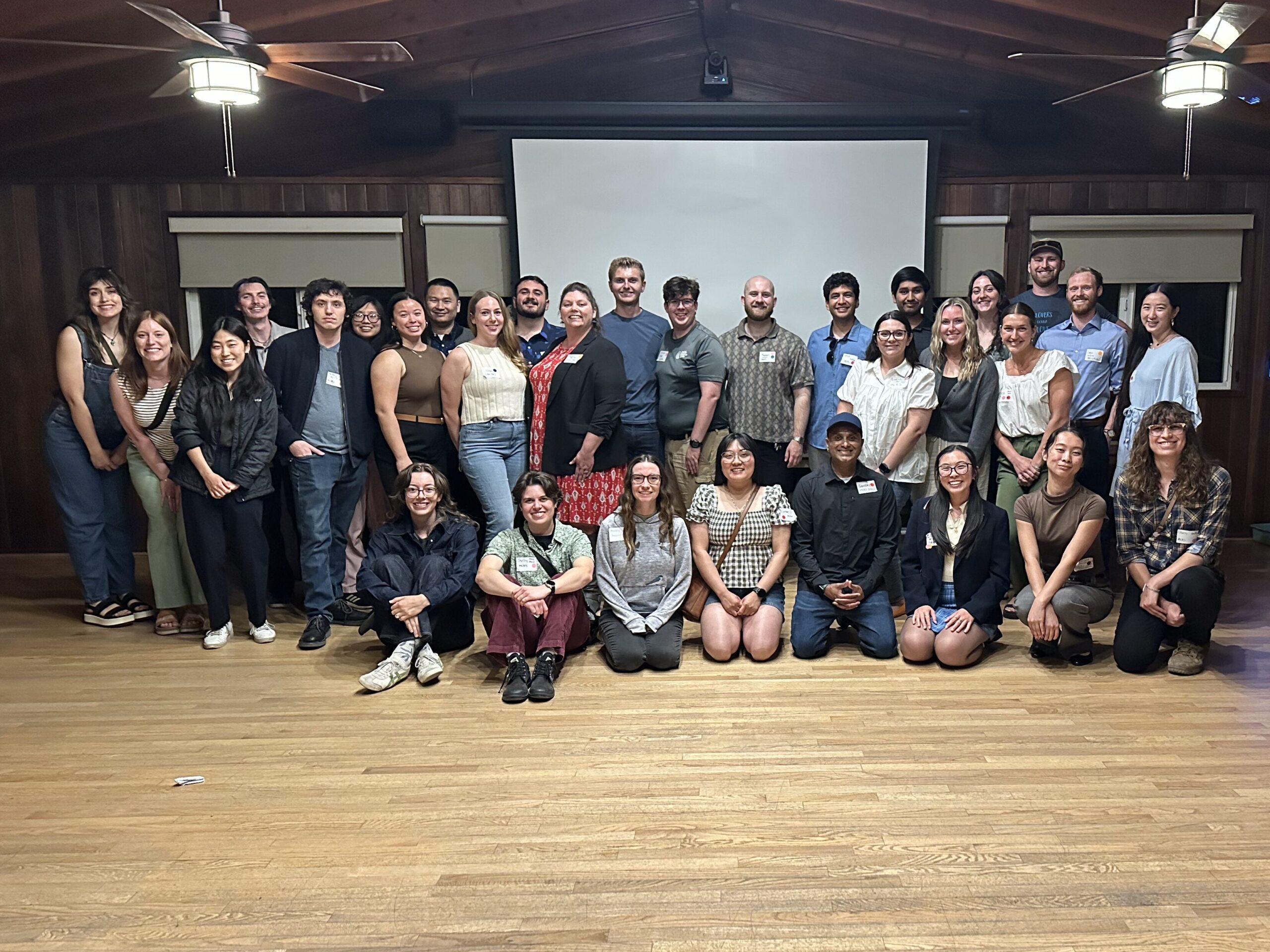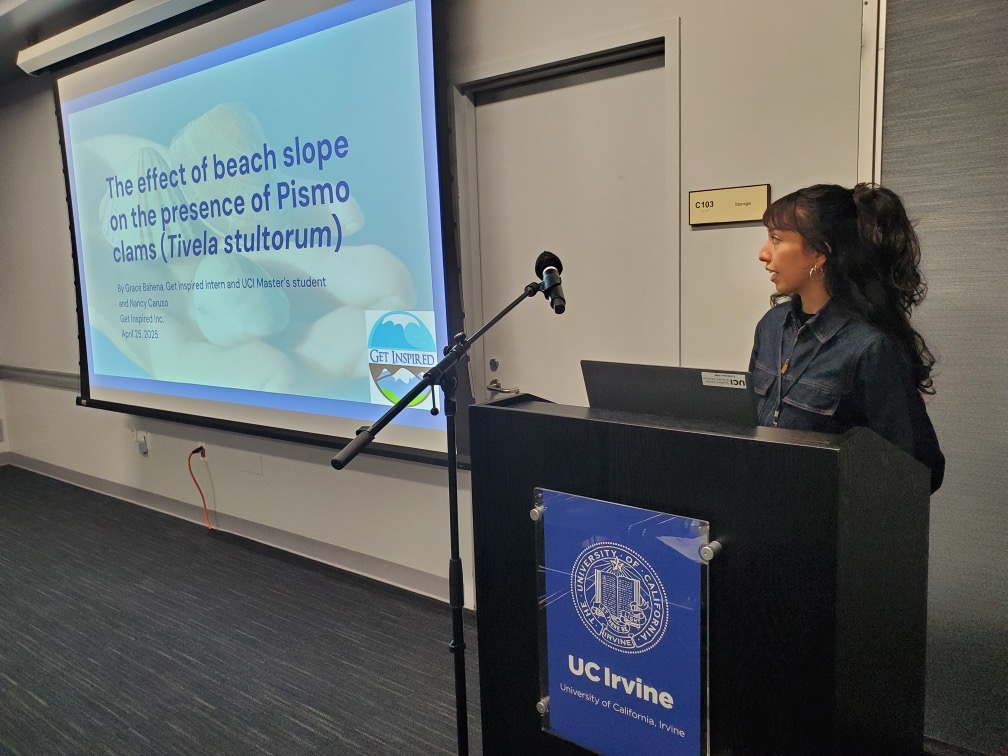Student Blog: The Circle of Life: Beach Wrack Style by Emma Arago

Figure 1 Wrack pile. Photo Cred: Laguna Bluebelt
It’s a brisk spring morning, and the sun’s rays are beginning to shine through the water. You’re in southern California so the water is chilly, but not too cold, about 60°F. You’re no longer yourself though. Instead, imagine that you’re giant kelp (Macrocystis pyrifera). Your feet, or holdfast, are firmly attached to a rock at the bottom of the seafloor, and you welcome the spring sunshine. Now that winter has ended, you can finally begin to grow. Unlike us, however, M. pyrifera, if given the right conditions, can grow up to two feet a day (Brown et al. 1997). When nutrients are readily available, the kelp performs photosynthesis to turn the sun’s energy into food for itself. For the next few months, this is how your life goes. Each morning you stretch out your blades and take in the sunshine and readily available nutrients. As spring turns into summer, the nutrients that were once plentiful are quickly dwindling, and you can begin to feel the summer swell moving you around. One day, the swell is powerful enough to tear your holdfast away from the seafloor. The waves swirl you around, and at high tide in the middle of the night, you wash up on the beach in Crystal Cove State Park. But don’t worry. Even though your living stage is over, a new and exciting stage is about to begin on the beach.
Morning arrives, and you notice that you’ve been washed up onto the beach in a pile with other species of algae, seagrass, and even some land plants and trash. This pile that’s accumulated on the beach is known as beach wrack! It’s lucky that you managed to come ashore at Crystal Cove State Park because most beaches in southern California practice grooming, but not Crystal Cove. Grooming involves driving a tractor with an attached rake across the sand to remove trash and organic matter. Although it is primarily used to increase beach aesthetics, grooming can also remove contaminants from the beach, decreasing the number of beach-related human health issues (Russell et al., 2014). This may be good for humans, but the removal of organic matter is detrimental to the overall health and well-being of the sandy beach ecosystem. Thankfully, though, you’ll be safe resting on the beach here in Crystal Cove.
Beach wrack is an important part of the sandy beach ecosystem because it supports a complex food web with participants from both land and sea. Beach invertebrates come over and feed on and burrow below the pile. Flies come to feed on the algae as well. Shorebirds arrive to eat the invertebrates, and spiders come down from the bushes to munch on the flies. Squirrels and other small mammals may feed on critters found within the wrack piles. When carrion, or dead organisms, washes up on the beach, larger carnivores like coyotes, wolves, and even bears can be found amongst the wrack. Microbes from within the sand break down the algae and release essential nutrients back into the environment. The wrack buffet provides for everyone! As the days pass and the wrack is exposed to the sun, air, and even the ocean water via the tides, the piles begin to decompose. You begin to dry out, and your appearance changes. Your color begins to fade, and you turn a deep brown color. As the water leaves your body, you shrink in size. Eventually, you and all the algae you washed ashore with will be completely broken down and decomposed by small microbes. This is the circle of life for beach wrack. Different algal species found within the wrack will have different seasonal growth patterns than M. pyrifera, but they all experience the same cycle of events once they wash up on the beach. This cycle is constantly progressing and changing with the tides and the seasons, but it is always there, performing critical services for the sandy beach ecosystem.
Brown, M. T., Nyman, M. A., Keogh, J. A., & Chin, N. K. M. (1997). Seasonal growth of the giant kelp Macrocystis pyrifera in New Zealand. Marine Biology, 129, 417-424.
Russell, T. L., Sassoubre, L. M., Zhou, C., French-Owen, D., Hassaballah, A., & Boehm, A. B. (2014). Impacts of beach wrack removal via grooming on Surf Zone Water Quality. Environmental Science & Technology, 48(4), 2203–2211. https://doi.org/10.1021/es405536q




